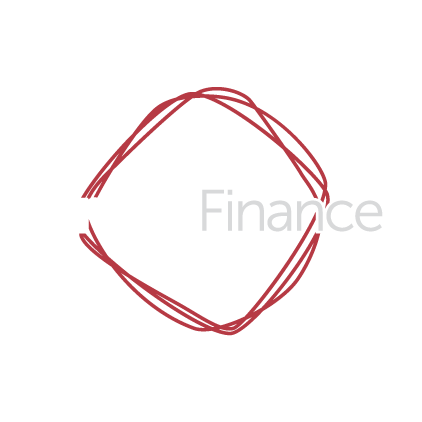As interest rates begin to rise again, some households may find themselves struggling to keep up. On July 1st, new regulations regarding financial hardship arrangements will go into effect.
Previously, if you were unable to repay your loan, you may have been able to enter into a financial hardship agreement with your lender. This would not be reported in official credit reporting systems.
In many cases, your repayment history in your credit report may show a blank month or possibly a missed payment during the hardship arrangement period.
Neither of these two approaches showed the full picture of your credit history and that a financial arrangement had been agreed upon with your lender.
From 1 July 2022 onwards the credit reporting system will show financial hardship on credit reports.
As of July 1, the credit reporting system will begin including financial hardship information in credit reports. This change is designed to help lenders and creditors better understand the financial situation of applicants and make more informed decisions about lending money.
This means that if you enter into a financial hardship arrangement that reduces your monthly loan repayments, then for the next 12 months your credit report will show:
- that you were current and up to date with your payments for that hardship month, provided you made your reduced payments on time; and
- a flag alongside your repayment history information for the hardship month, indicating a special payment arrangement was in place.
The flag on the credit report will be called “financial hardship information” and can take two forms (A or V) depending on the kind of arrangement.
A indicates there was an arrangement for the month that temporarily deferred your repayments (which will need to be repaid later or be subject to a further arrangement).
V on the other hand means the loan was varied that month to reduce your repayments.
The good news is that the financial hardship information flag will only stay on your credit report for 12 months, whereas regular repayment history information stays on your credit report for 24 months.
Is this credit reporting update bad news or good news?
As with most changes in life, there are both advantages and disadvantages to this decision.
The changes are designed to allow you to ‘protect’ your credit report if you experience financial hardship, and not to exclude you from applying for credit.
However, if a financial hardship arrangement is flagged, prospective lenders may make further inquiries to better understand your situation.
For example. If you have experienced hardship due to a temporary reduction in work hours, but are now back in stable employment, this should not cause major issues for your loan application. In most cases, we can provide proof of employment to your prospective lender. Hardship arrangements may also arise from a natural disaster that is beyond your control, such as a flood or bushfire. You can explain this to a lender.
It is important to note that financial hardship information cannot be used by a credit reporting body to calculate your credit score. However, regular repayments that are missed outside of a hardship arrangement will impact your credit score.
If you are having trouble or foresee you might have trouble meeting your repayments, our team can help you with options.
The Reserve Bank of Australia has raised the official cash rate in recent months. This increase has resulted in increased monthly repayments for those with variable loan rates. And if you are on a fixed loan rate, you will need to think about what your monthly repayments might be when the fixed-rate period ends and the loan reverts to a variable rate.
If you are concerned that additional interest rate hikes may impact your ability to cover monthly expenses, now is a good time to begin saving money in an offset or savings account. This will provide a financial cushion in case of unexpected expenses.
Our team can also assist you with refinancing and debt consolidation options, both of which may help reduce your monthly repayments. No matter what your situation is, we will be here to support you in any way we can during the upcoming period.
If you’re curious about the different options available, get in touch with our team today. Click here to get started.
Disclaimer: The content of this article is general in nature and is presented for informative purposes. It is not intended to constitute tax or financial advice. Whether general or personal nor is it intended to imply any recommendation or opinion about a financial product. It does not take into consideration your personal situation and may not be relevant to circumstances. Before taking any action, consider your own particular circumstances and seek professional advice. This content is protected by copyright laws and various other intellectual property laws. It is not to be modified, reproduced or republished without prior written consent.








































